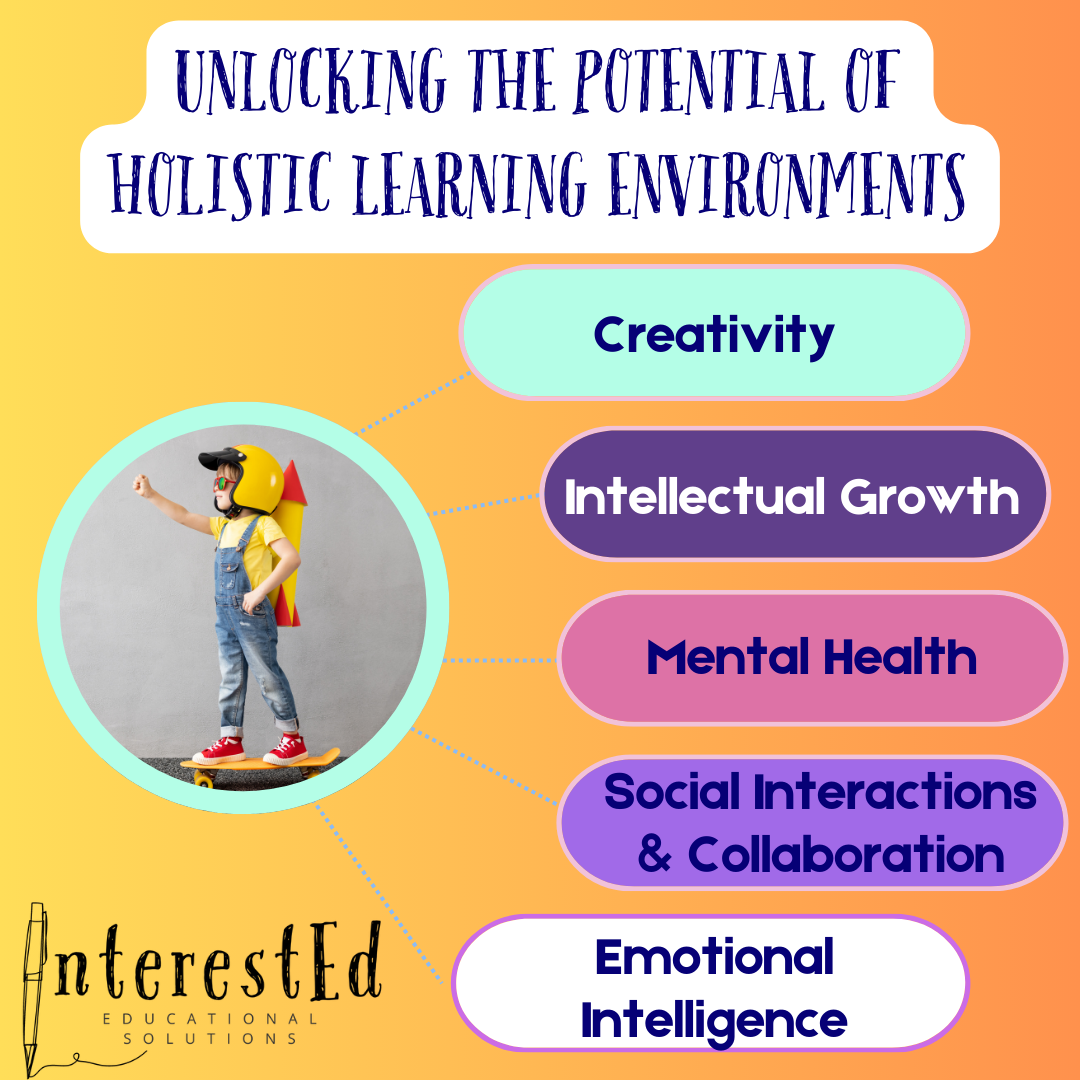Creating Holistic Learning Environments
Holistic learning environments focus on engaging the whole student—intellectually, emotionally, socially, creatively, and physically. When students are supported across all these dimensions, they develop the confidence and adaptability to thrive. Holistic education moves beyond traditional academics and lays a foundation for lifelong curiosity, empathy, and resilience.
Learning is more than the transfer of knowledge. It’s a process of nurturing growth in every part of a student’s life. When we design experiences that connect creativity, movement, reflection, and collaboration, we shape well-rounded learners who can navigate challenges and contribute meaningfully to the world around them.
Artistic and creative expression gives students new ways to process ideas and build confidence. Physical development supports focus and mental health, while intellectual curiosity fuels inquiry and deep understanding. Social skills foster empathy and communication, and emotional intelligence helps students regulate, reflect, and respond with awareness.
Teachers and homeschool families can integrate holistic practices without overhauling everything. Start small and build naturally into your routines. Encourage students to explore creativity through art, music, and hands-on projects. Add short movement breaks or outdoor activities to support focus and energy. Let students pursue questions that matter to them through inquiry projects or independent study. Build in opportunities for group collaboration and reflection circles. These small changes create a stronger sense of balance and connection in the learning process.
Takeaways for creating holistic learning environments
• Encourage creativity through art, music, and hands-on exploration
• Include daily movement or outdoor time to support focus and wellness
• Invite students to pursue questions that spark their curiosity
• Provide opportunities for collaboration and peer reflection
• Integrate emotional check-ins and mindfulness into routines
Fostering holistic learning helps students achieve academically while also becoming compassionate, adaptable individuals. When we teach the whole child, we create spaces where learning feels alive and meaningful.
If you’d like tools that align with holistic teaching, visit the InterestEd Library to explore free and premium resources that support creative thinking, student reflection, and flexible learning experiences.
🌿Laura
References
Heacox, D., & Cash, R. M. (2020). Differentiation for Gifted Learners: Going Beyond the Basics. Free Spirit Publishing.





Gifted and Distractible by Julie Skolnick offers an empathetic, research-informed look at twice-exceptional learners. It’s packed with strategies for parents and teachers to support gifted kids who also struggle with focus, regulation, or organization.